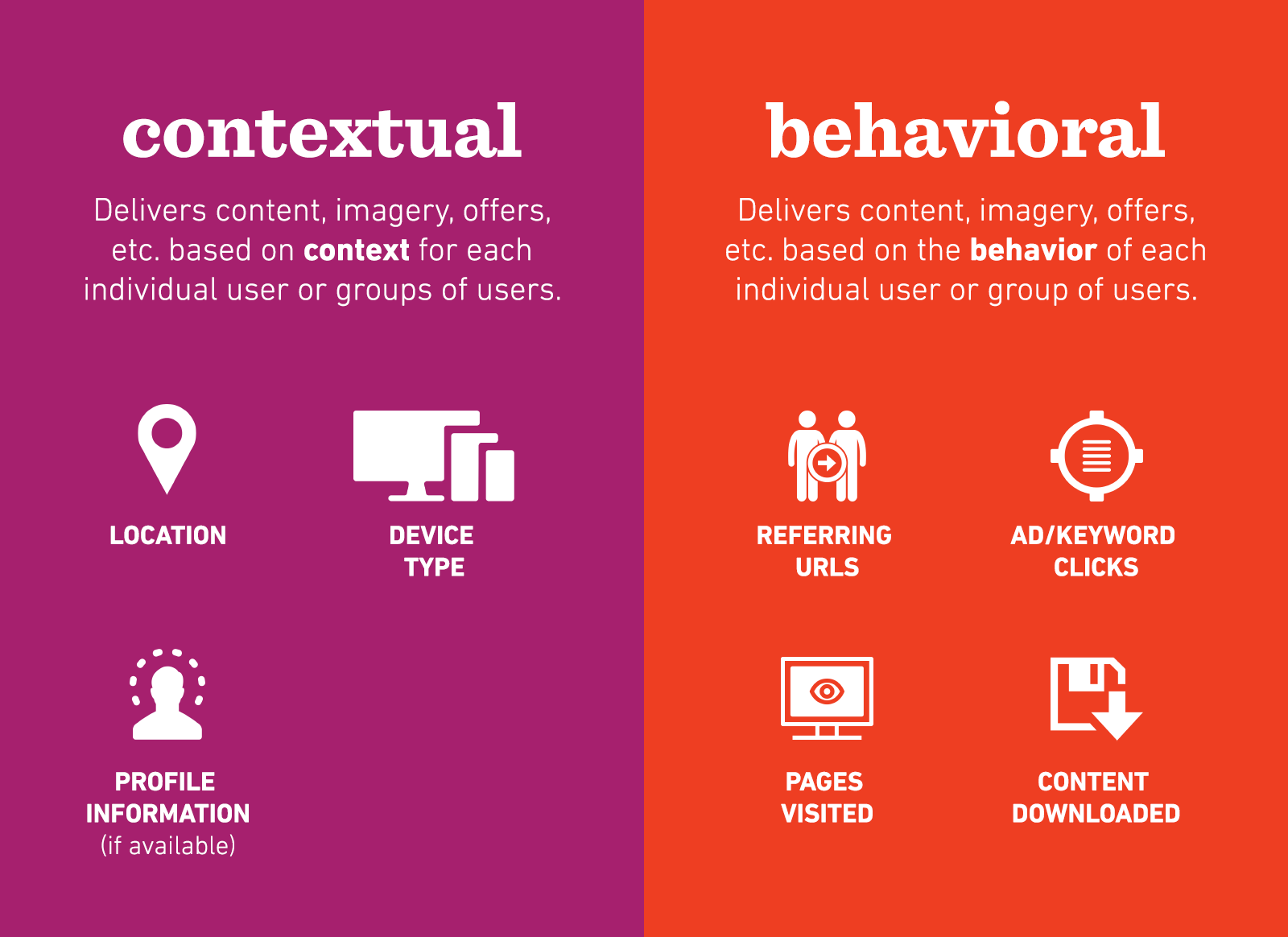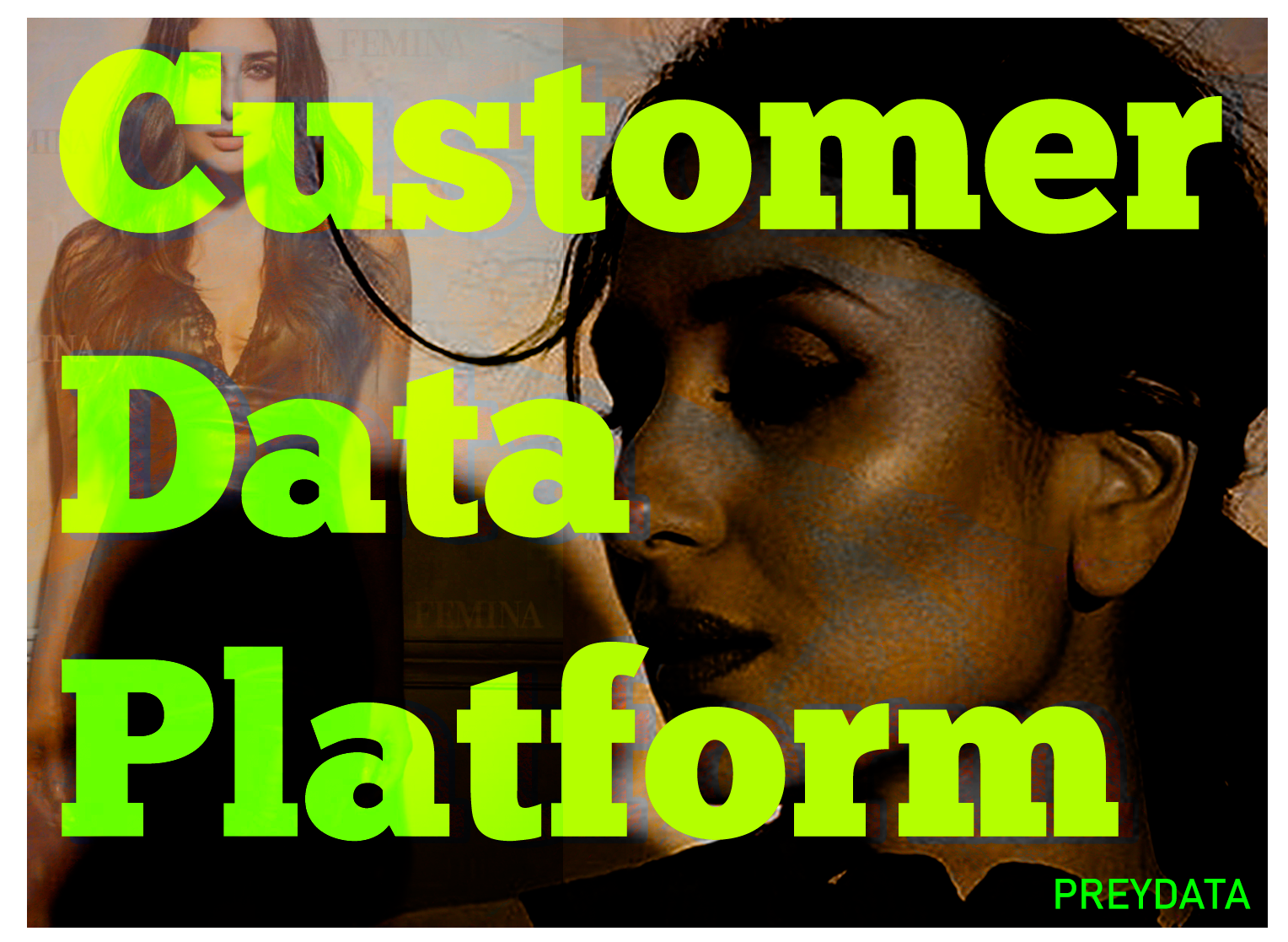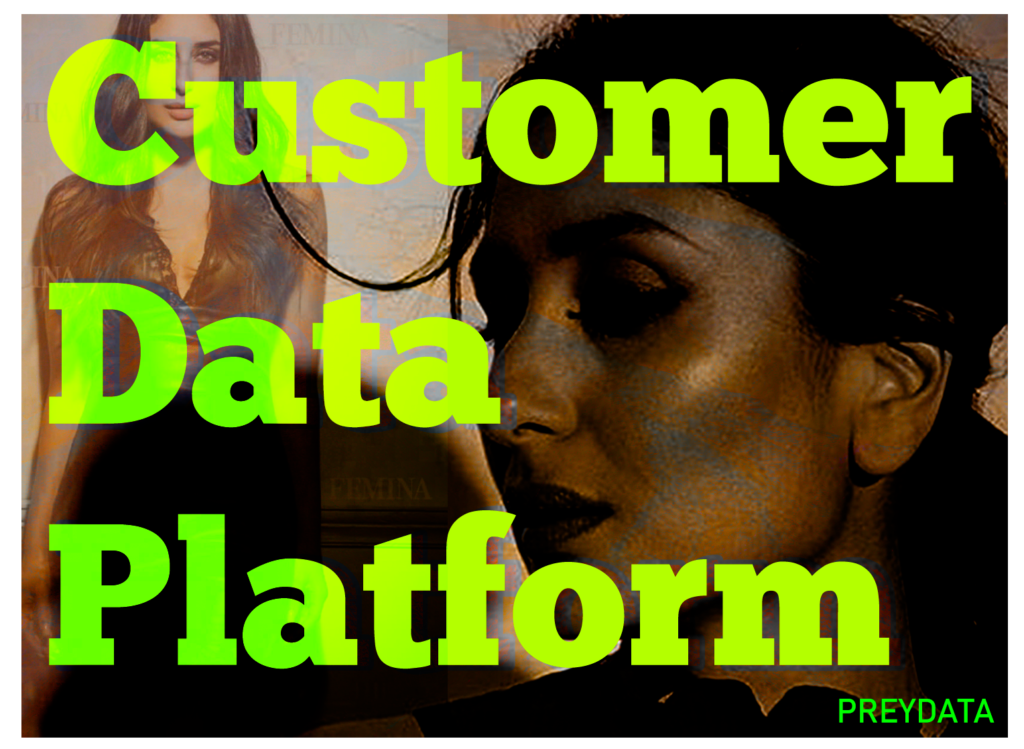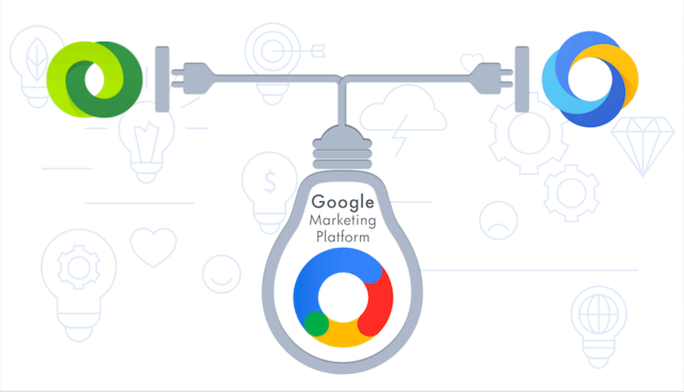
Neustar Inc., a TransUnion company, today announced a partnership with Permutive to enable trusted connections between advertisers and publishers by bridging the gap between consumer identity data and a privacy-first web.
The partnership brings together the Neustar Fabrick™ data connectivity platform within the Permutive Audience Platform for advertisers and publishers to collaborate securely without the use of third-party cookies or device IDs. The partnership safeguards advertiser and publisher first-party identity data to bring addressability, transparency and privacy to digital advertising.

Permutive’s Audience Platform powers the leading Publisher Cohort Infrastructure on the open web. Extending Neustar Fabrick into cohorts allows publishers to meet advertisers’ demand for their audiences in a secure environment. This partnership is the first integration of this kind at Permutive and paves the way for a more responsible web.

With this partnership, advertisers and publishers can work together to build and activate their desired audiences at scale via Publisher Cohorts across high-quality, premium publisher inventory. Publisher Cohorts are a privacy-preserving approach to activation that groups like-minded users based on similar characteristics and behaviors – without identifying individuals.







